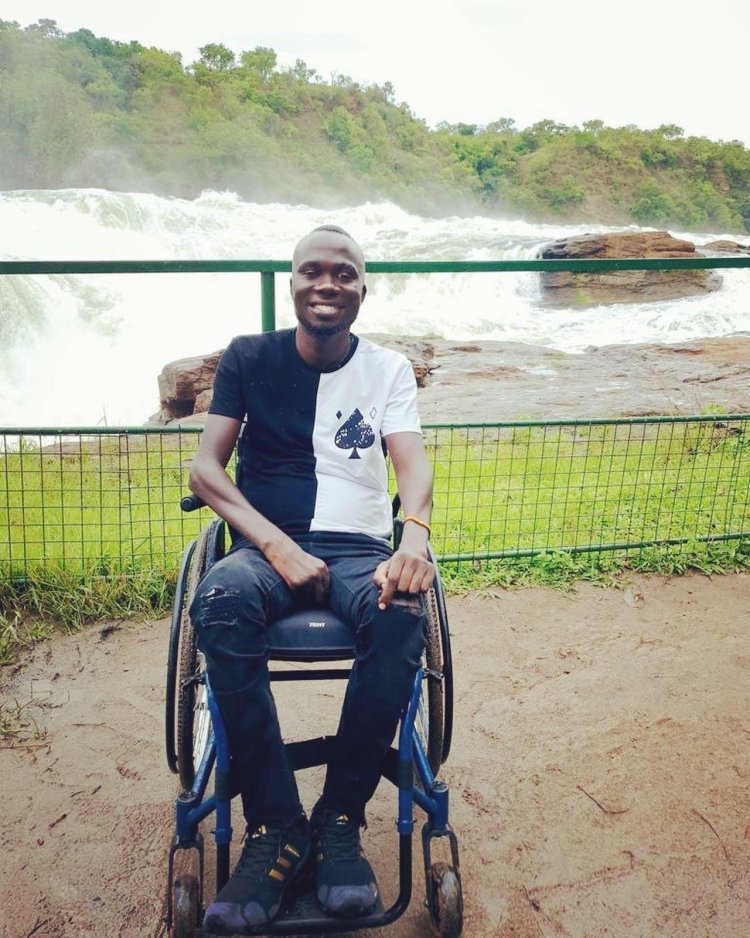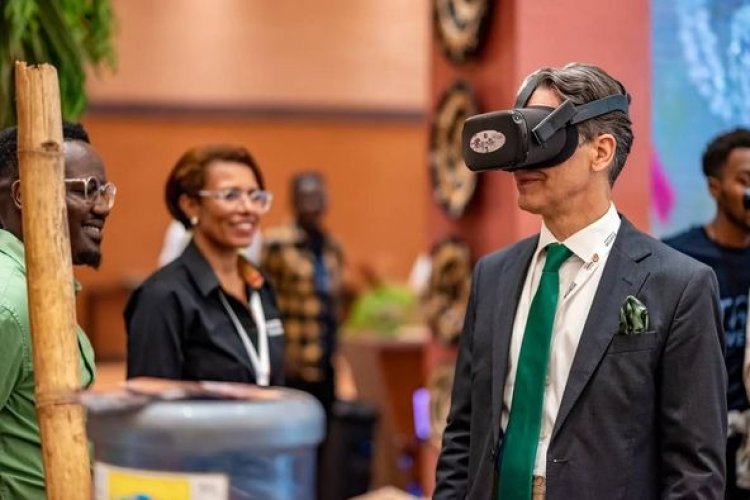Accessible Tourism: A Chance for Persons with Disabilities to Travel

In recent years, the global tourism industry has increasingly recognized the importance of inclusivity, giving rise to a significant movement towards accessible tourism.
This paradigm shift is not just about meeting legal requirements but about genuinely ensuring that persons with disabilities can enjoy the same travel experiences as everyone else.
The impact of this movement is profound, offering new opportunities for exploration, leisure, and cultural enrichment to millions of people world over.
Importance of Accessible Tourism
Accessible tourism is the ongoing endeavor to ensure tourist destinations, products, and services are accessible to all people, regardless of their physical limitations, disabilities, or age.
It emphasizes the need for travel experiences that accommodate the needs of individuals with various types of disabilities, including mobility impairments, visual and hearing impairments, and cognitive disabilities.
According to the World Health Organization (WHO), over one billion people live with some form of disability, comprising approximately 15% of the world's population.
This significant demographic represents a substantial market for the tourism industry, which has historically been overlooked. By breaking down barriers and creating inclusive travel options, the tourism sector not only promotes social equity but also stands to gain economically.
Uganda's Push Towards Inclusivity
Uganda, has been making strides towards promoting accessible tourism. It offers a plethora of travel experiences. However, the challenge has been ensuring these attractions are accessible to everyone.
The Uganda Tourism Board (UTB) has made strides aimed at enhancing accessibility in the country's tourism sector.
The initiatives include the development of accessible infrastructure, such as wheelchair ramps, accessible restrooms, and sensory pathways in major tourist sites. Additionally, the UTB is providing training for hospitality staff to better assist travelers with disabilities.
These changes have not only increased the number of visitors with disabilities but have also heightened awareness among local communities and businesses about the importance of inclusivity.
Role of Technology in Accessible Tourism
Technological advancements have played a pivotal role in making travel more accessible. Mobile applications, allow users to rate and review the accessibility of restaurants, hotels, and tourist attractions, providing invaluable information for travelers with disabilities.
Virtual reality (VR) and augmented reality (AR) have also opened new doors, offering immersive experiences that can be particularly beneficial for individuals with mobility impairments.

Virtual tours allow users to explore destinations from the comfort of their homes, providing a taste of the experience and helping them plan future visits.
The Human Impact of Accessible Tourism
Ngabo Saad, the winner of Mr. Ability Central, a confidence building beauty pageant for PWDs says their is need for government to invest more in systems that support disabled persons to visit Uganda's tourism hotspots.
"Accessible tourism means that we need to invest in things that promote tourism for all and to note that accessible tourism does not only look at disability inclusion only but considers other groups like the elderly , women and girls." Saad noted.

































